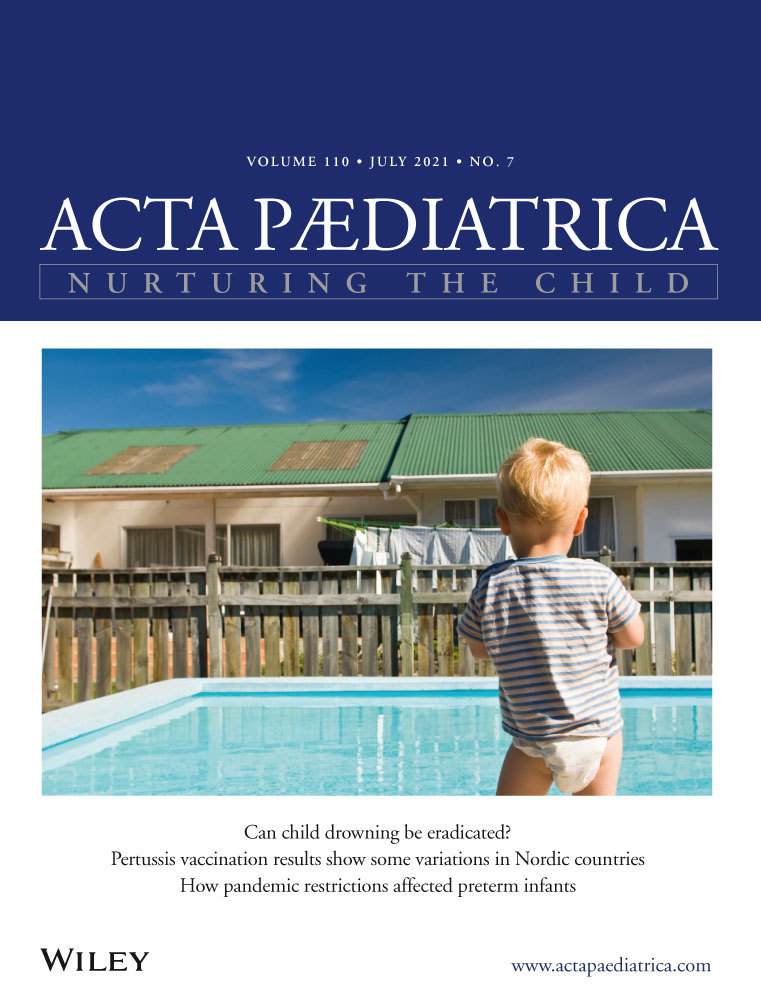Swiss neonatal caregivers express diverging views on parental involvement in shared decision-making for extremely premature infants
Funding information
This work was supported by a grant from the Swiss National Research Foundation on ‘End-of-Life Decisions’ (SNRF National Research Project NRP 67 No. 406740_13950/1)
Abstract
Aim
Due to scarce available national data, this study assessed current attitudes of neonatal caregivers regarding decisions on life-sustaining interventions, and their views on parents' aptitude to express their infant's best interest in shared decision-making.
Methods
Self-administered web-based quantitative empirical survey. All 552 experienced neonatal physicians and nurses from all Swiss NICUs were eligible.
Results
There was a high degree of agreement between physicians and nurses (response rates 79% and 70%, respectively) that the ability for social interactions was a minimal criterion for an acceptable quality of life. A majority stated that the parents' interests are as important as the child's best interest in shared decision-making. Only a minority considered the parents as the best judges of what is their child's best interest. Significant differences in attitudes and values emerged between neonatal physicians and nurses. The language area was very strongly associated with the attitudes of neonatal caregivers.
Conclusion
Despite clear legal requirements and societal expectations for shared decision-making, survey respondents demonstrated a gap between their expressed commitment to shared decision-making and their view on parental aptitude to formulate their infant's best interest. National guidelines need to address these barriers to shared decision-making to promote a more uniform nationwide practice.
CONFLICT OF INTEREST
The authors have no conflict of interests to disclose.
Open Research
DATA AVAILABILITY STATEMENT
The dataset generated and analysed during the current study is not publicly available, since confidentiality was guaranteed towards the respondents and the participating NICUs. However, all data are presented in aggregated forms in the Tables and Figures.




